Earlier this week, Air Canada announced that it’s introducing a three-hour time limit on some lounge visits. While the change only affects passengers who show up remarkably early for their first departing flight, and doesn’t affect passengers with layovers or delayed flights, there has surely been a lot of mixed reaction to this news.
As someone who spends a fair amount of time in Maple Leaf Lounges, I thought it would be good to take stock of the lounge-crowding situation, and what other steps could be taken to address the issue, if any.
These Days, Lounges Are Crowded
If you’ve been to an airline lounge ever since they reopened in the wake of the pandemic, you may have had to spend time in line before you could enter. Two years ago, this was probably due to social distancing rules and reduced overall capacity, but even with those rules now long-gone, the lineups remain.

Once you’re able to make it inside the lounge, you may then be hard-pressed to find a quiet place to sit. If you’re travelling as a pair or family, the search for a place to sit together might be even more cumbersome.
What’s supposed to be a calm, relaxing refuge in the midst of a bustling airport can become exactly the opposite when lounges feel less like tranquil, sophisticated spaces and more like zoos.
After all, it’s hard to enjoy a plate of balsamic-glazed chicken or a Nanaimo bar when Speakerphone Steve has had one too many glasses of Molson Canadian and the entire lounge can hear him regale the details of his latest fishing expedition to one his buddies.
If you’re lucky, you won’t have to deal with lines or crowding, and you can waltz into the lounge of your choice without any further delays. However, this type of delightful situation would depend entirely on many factors that are largely outside of your control.
Lounge Lizards Take Heed
When Air Canada introduced the three-hour time limit for some visitors, it was taking aim directly at one group: lounge lizards.
If you haven’t encountered such a creature in your travels before, here’s how to identify one in the wild.
Lounge lizards post up in airline lounges hours before the departure of their flight. At the bare minimum, they’ll enjoy two meals before exiting, and maybe even a few drinks or cups of coffee.
Wi-Fi is of the utmost importance to lounge lizards, and they often cluster around charging stations to ensure their electronic devices are fully juiced up.
Some lounge lizards sprawl their belongings across a vast expanse and take up several seats; however, respectful lizards occupy a small area, usually at a high-top table. They may be working on presentations, taking online meetings, pacing through the lounge on a call, or working on spreadsheets.
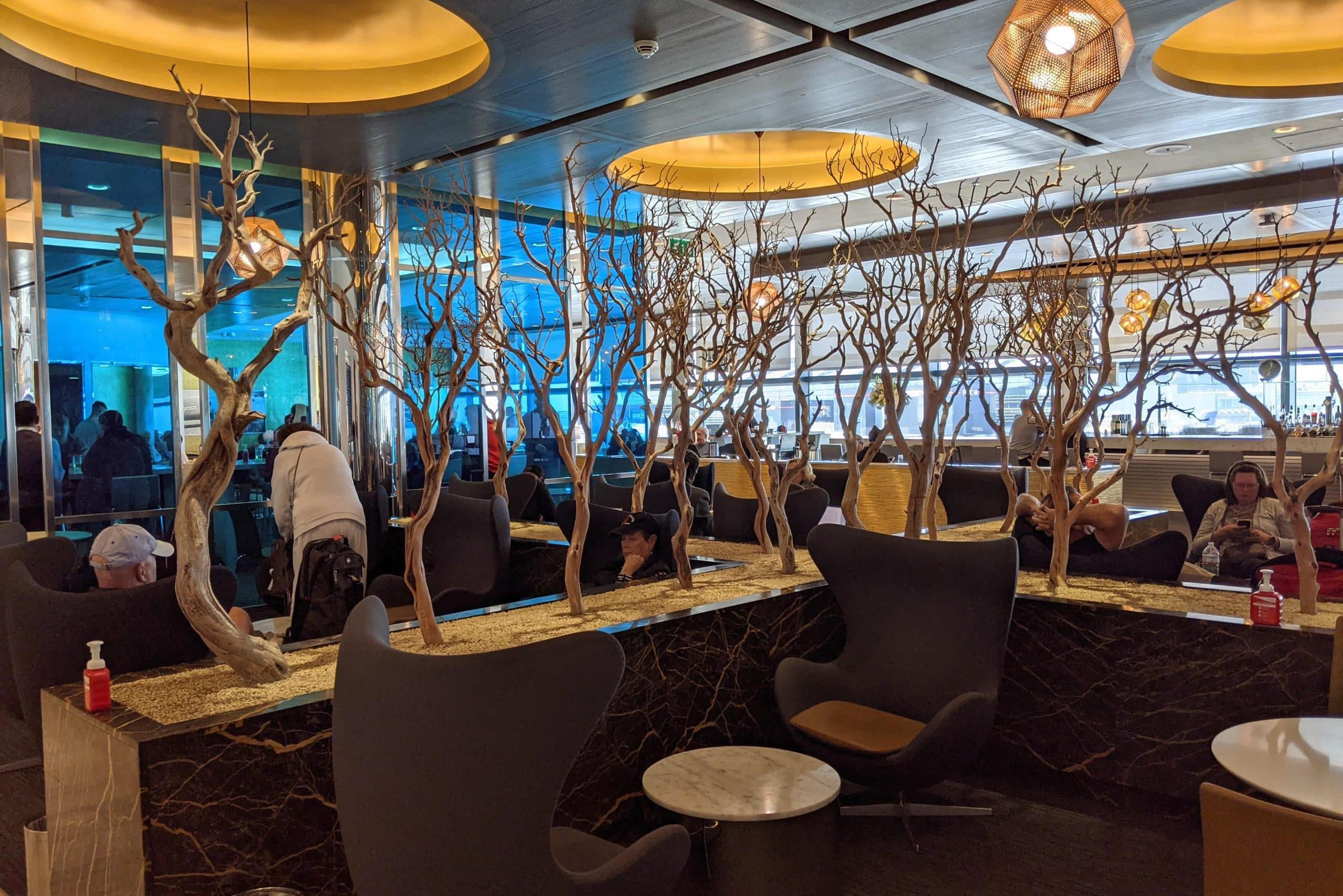
Many lounge lizards will prolong their visit until the very last second, heeding only the last-call notices on displays in the lounge. They’re sure to get their money’s worth, and might even take a cookie or two with them to prolong the experience during their flight.
In some regards, I squarely fit the lounge lizard classification. With a fully remote job, I can work from almost anywhere, and since part of my job entails travelling, I often find myself working from lounges.
As I live on Vancouver Island, I generally have to fly through Vancouver to get anywhere. This results in me posting up in a lounge for the layover, which could be anywhere from an hour all the way up to six or more hours.
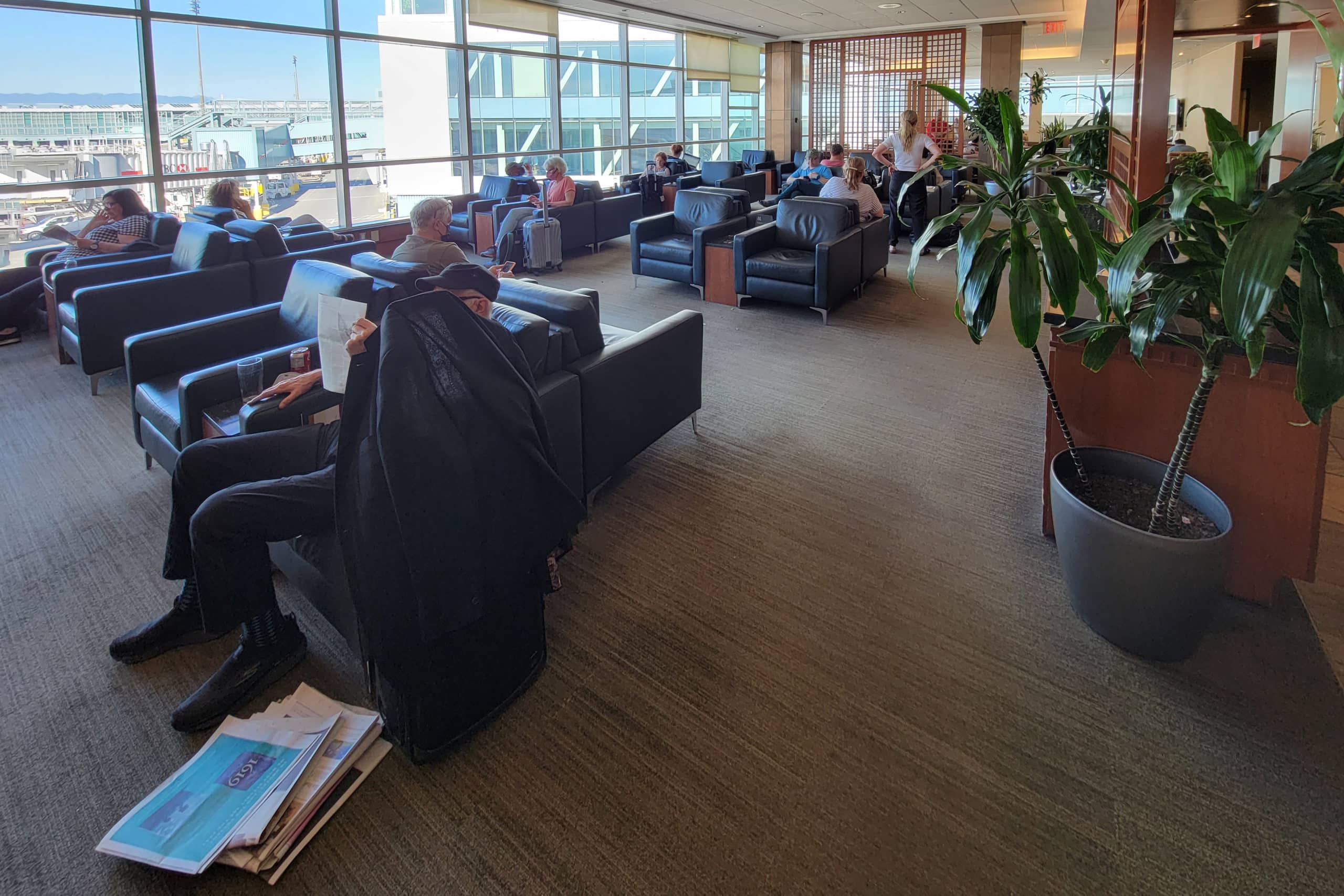
Now, Air Canada’s new three-hour time limit won’t affect me on layovers, and if I wanted to, I could spend 10 hours in a Maple Leaf Lounge before my next flight. However, I’d be much more inclined to leave the airport and return later.
And so, some lounge lizards might be upset with Air Canada’s time limit; however, I don’t think it will affect the vast majority of passengers who visit lounges. And if that’s the case, then will time limits improve the lounge crowding situation at all?
Why Are Lounges Crowded?
It’s worth noting that lounge crowding isn’t an issue that’s isolated to Air Canada Maple Leaf Lounges. Anyone who has tried to get into a Centurion Lounge in the United States, or a Priority Pass lounge during the evening transatlantic departure rush, can also attest to crowding issues.
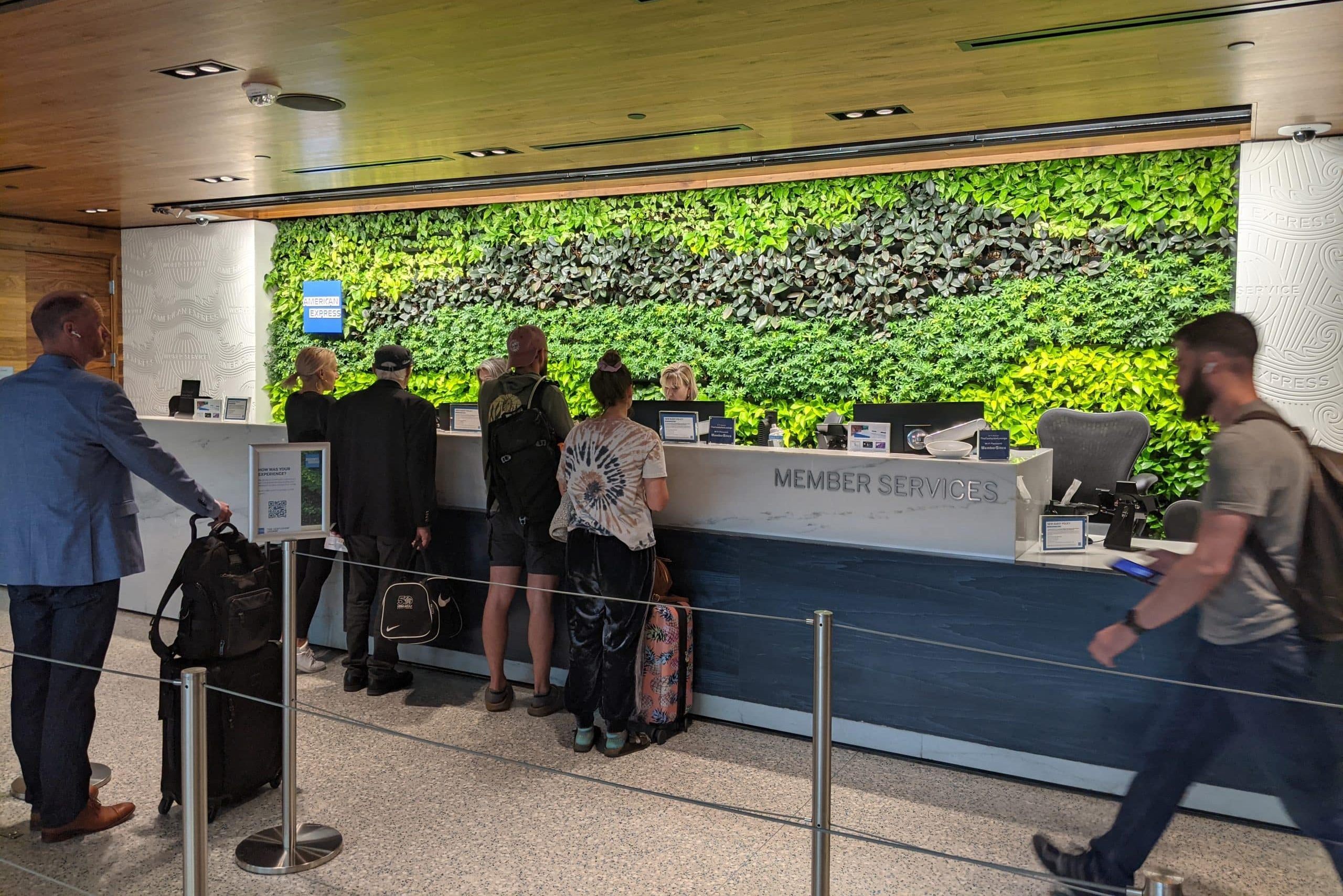
However, it’s not just lounge lizards that are causing crowding – it’s a result of a whole whack of factors.
People continue to travel in hoards, and it’s unlikely that this trend will relent any time soon. With an influx of passengers during a period when many flights are scheduled to depart around the same time, lineups and crowding are to be expected.
Many of these people can access lounges as a perk available on a credit card. In the past few years, more credit cards have added some form of lounge access as an included perk, and as a result, more people can enter lounges prior to a flight.
In fact, credit cards are arguably the easiest and cheapest way to access lounges. Paying the annual fee on a premium credit card that gives you unlimited lounge access is considerably less expensive than working your way up an airline’s status ranks or paying for a premium cabin in the first place.
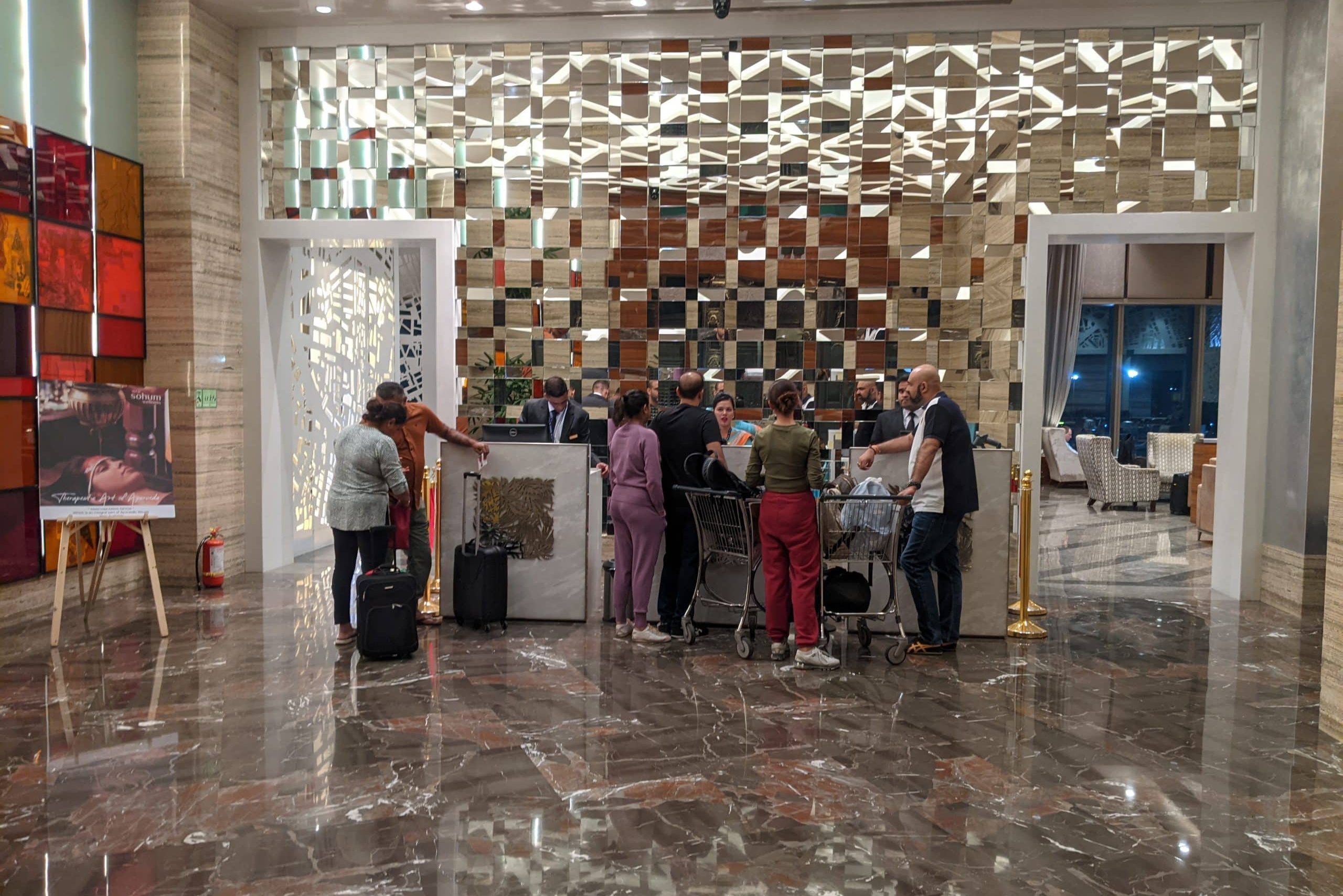
Yes, some people (including lounge lizards) are spending more time in lounges than they used to.
Whereas a business traveller may have popped into the lounge for a quick bite and a glass of wine prior to a flight in years past, leisure travellers might be posting up for a longer visit to take advantage of the luxury of being in a lounge, perhaps even for the first time.
Compounding all of these factors is that the amount of available space in lounges hasn’t increased to match the heightened demand. There’s only so much real estate within an airport, and it’s exceedingly challenging to add to a space.
How Can Lounge Crowding Be Addressed?
With lounge crowding likely not going away any time soon, what are some measures that airlines and passengers can take to stymy further crowding?
It’s important to note that imposing time limits on lounge-goers isn’t a new practice. While it’s sometimes loosely enforced, you’ll likely encounter such official rules in Canada, the United States, and throughout the world.
Recently, I paid a visit to the WestJet Elevation Lounge on a roughly four-hour layover in Calgary. Since I was travelling on an Air Canada ticket and accessed the lounge through Priority Pass, the lounge dragon wouldn’t let me in right away, citing a three-hour time limit for some passengers.
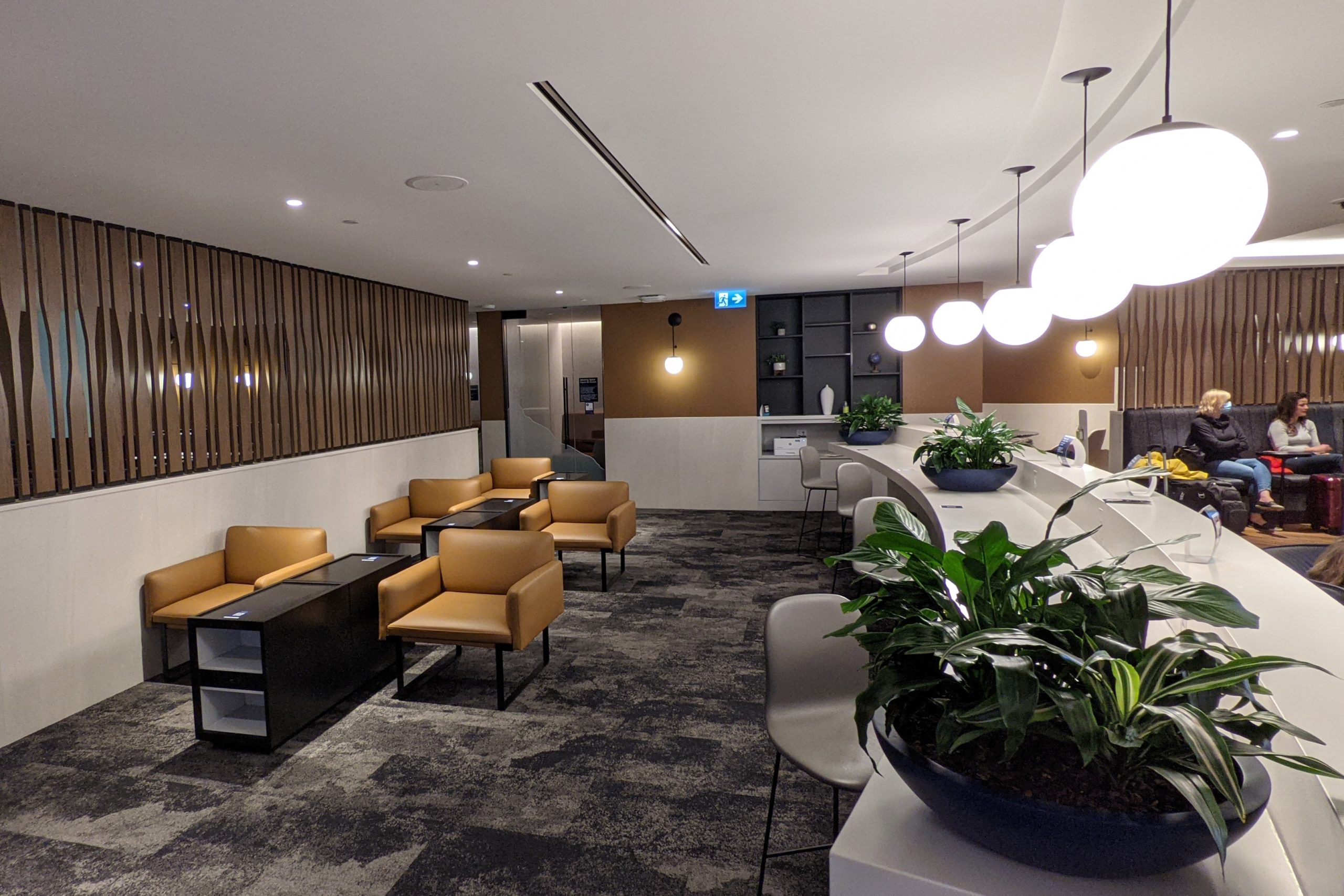
(I simply went to the nearby Maple Leaf Lounge for a bit, and then returned around an hour later for a better experience).
One measure that can make better use of the space is redesigning the interior of the lounges to better accommodate a larger number of people. It’s inevitable that lounge lizards and remote workers alike will continue to enjoy lounges for work, so introducing spaces with more seating is one way to allow for more functional use of lounges.
Historically, business centres in lounges haven’t necessarily been the most well-loved part of a lounge, despite taking up a modest amount of space. Indeed, Air Canada is in the process of revamping the business centres at some of its busiest lounges to make room for more guests.
At the same time, any lounge redesign should include functional spaces, such as call booths for passengers, so as to not disturb others around them when a taking a call is necessary. This is common practice in Japan, where you’ll be ushered away to a phone booth if you decide to take a call in the main part of the lounge.
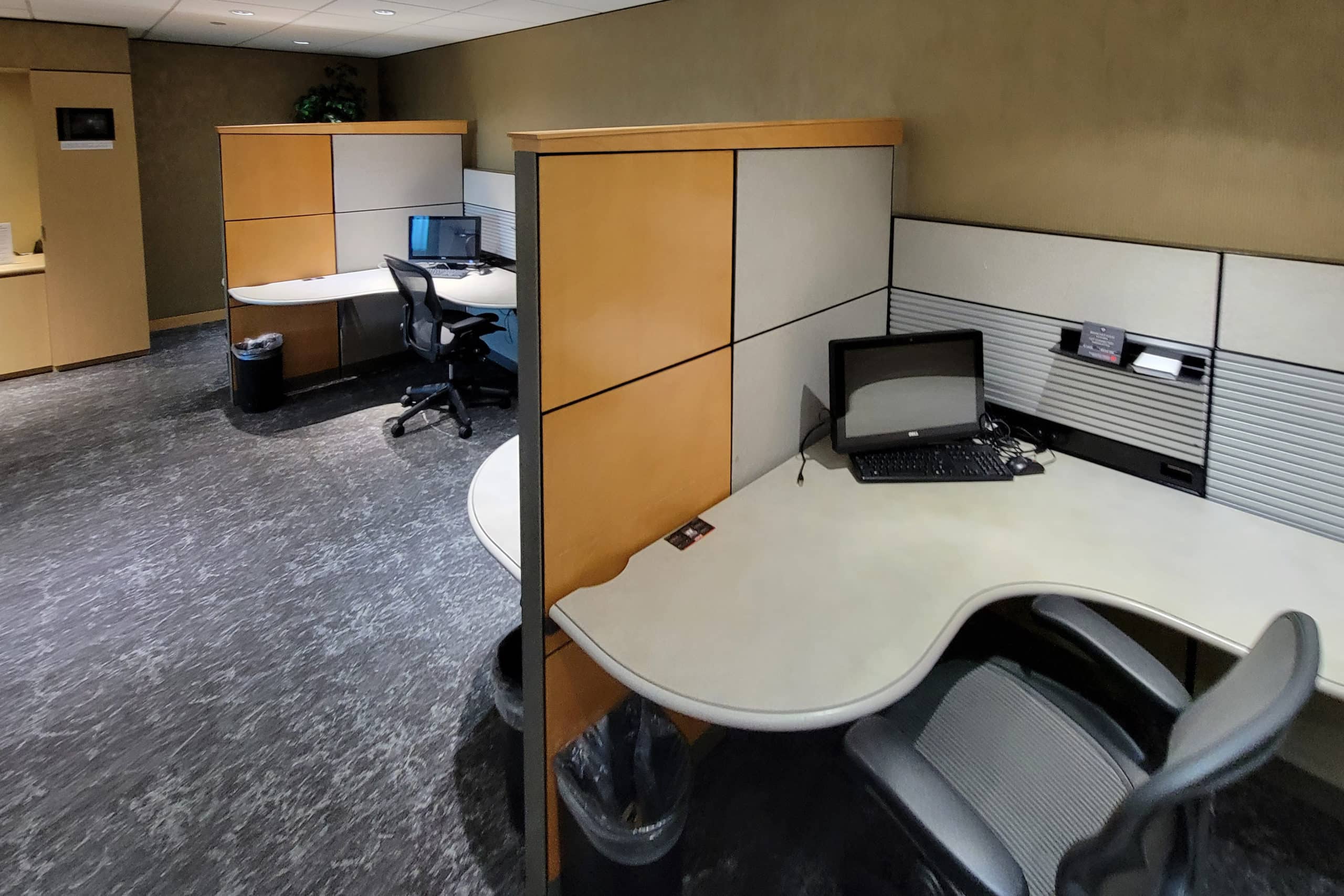
Outside of making them bigger, lounges need to become more tailored towards the current cohort of lounge-goers to result in a better experience for everyone. Personally, I love the design of the newer Centurion Lounges in the United States, which feature call booths, co-working tables, separate dining areas, and creative seating arrangements.
Perhaps a more drastic measure to curb lounge crowding is just reducing the number of methods through which guests can access lounges in the first place. Something like this is sure to draw the ire of many travellers, but it’s what would likely have the most impact on crowding.
Some recent examples of this include Air Canada removing lounge access as an included benefit of Aeroplan 35K status, as well the removal of guesting privileges on Amex US Platinum Cards. By making lounges more exclusive, fewer passengers can enjoy complimentary access.

Of course, this just means that the cost is passed down to the passenger, who can get access by having a credit card of their own instead of relying on a guest pass.
Another phenomenon we’ve seen in the recent past is the introduction of unbundled fares, which are less expensive than regular fares, but come with fewer inclusions.
For example, many airlines, including Qatar Airways, offer a “Business Class Lite” fare, which doesn’t include seat selection or lounge access. You might wind up saving at least a few hundred dollars, and if you have lounge access available as a credit card perk, then it could be a no-brainer in some situations.
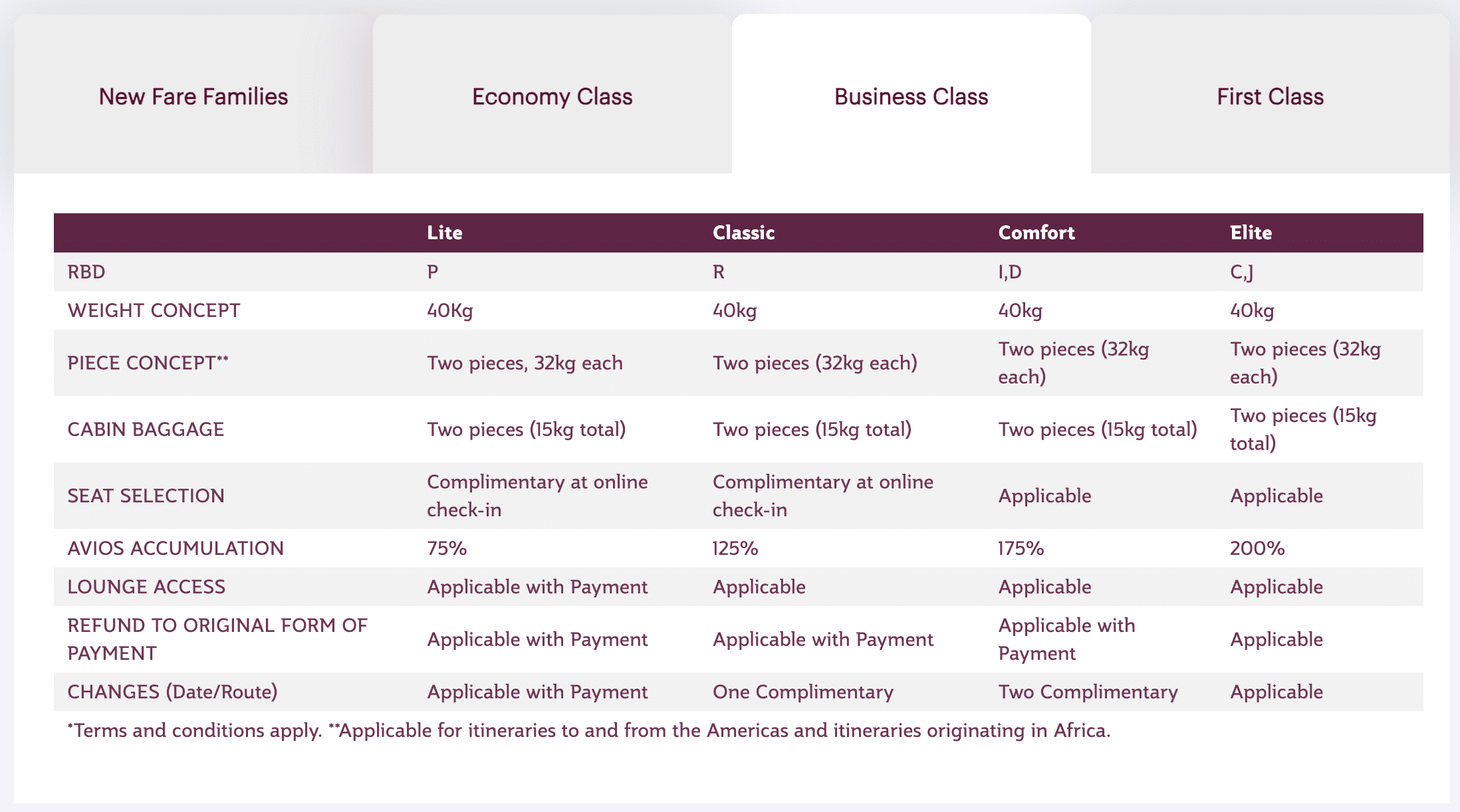
On the other hand, you could also consider buying an unbundled fare, and then just pay for access to the business class lounge and still wind up coming out ahead.
In any event, lounge crowding isn’t going to be resolved by slapping a time limit on lounge lizards. Rather, it’s going to take a holistic approach, and will likely take a while to resolve in earnest.
Conclusion
There has been a lot of discussion happening this week, ever since Air Canada introduced a three-hour time limit at lounges for some guests. This measure was exclusively aimed at lounge lizards; however, it’s unlikely to tackle the heart of the issue.
Airports are busy places these days, and with the hectic summer travel period right around the corner, you’re more likely than ever to encounter a lineup to get into a lounge, a crowded space inside a lounge, or both.
Your best bet is to have options at your disposal. If a Maple Leaf Lounge is crowded, try a Plaza Premium or Priority Pass lounge instead. Know the lounges that are available at the airport, and then be prepared to move around to find one that can admit you.
And for the love of all things holy, please don’t talk on your speakerphone in the lounge or anywhere else for that matter, whether it’s busy or not.
















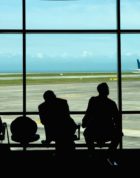
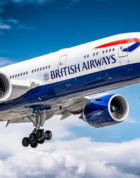

Credit card and guest pass access should be the least priority. Priority should go to business class, AC elites & *G.
There is nothing worse than a family of 7 in the MLL next to you who’ve all accessed through their Aeroplan reward card when you’re trying to handle a client call.